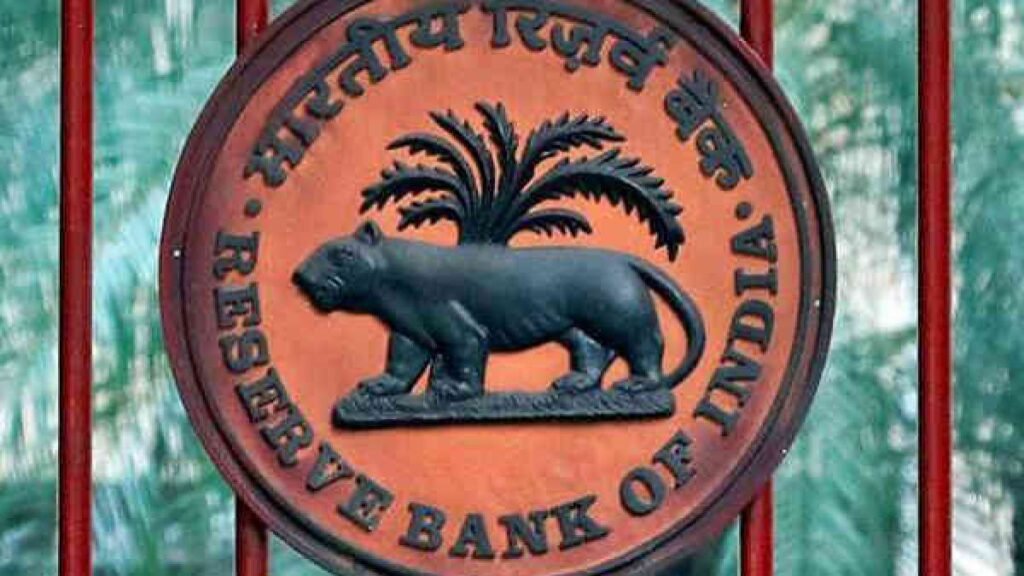Lending Rates: In order to keep inflation within the target range set by the central bank, the Reserve Bank is likely to increase benchmark lending rates by 25 basis points in its bimonthly policy next month, according to DBS Group Research. Since May of last year, the RBI has increased interest rates by 250 basis points in an effort to rein in soaring costs. The base policy rate was raised by 25 basis points most recently, in February, to 6.50 percent.
In an online session on ‘Growth resilience and sticky inflation’, DBS Group Research Executive Director & Senior Economist Radhika Rao said the RBI may hike interest rates by 25 basis points in April and maintain a hawkish bias as retail inflation is still high. Retail inflation in January spiked to 6.52 per cent against 5.72 per cent in December last year. Rao, however, said inflation caused by supply-side constraints cannot be dealt with by monetary policy alone and is not enough to tackle inflation. “Weather conditions are important for farm output.
The local weather agency has said in the next 3 months you could see high temperatures… The upcoming monsoon in June-July would be a crucial period. Weather…would be important for inflation and farm output as the sector employs about 45 per cent of the population,” Rao said. She said inflation is still on the higher end of the target. “We do think supply shocks are playing out in the food segment. Core inflation is quite sticky. We do think the upcoming meeting in April is going to be another 25 basis points hike, but thereafter we think the monetary policy committee is going to be divided on the path ahead because supply shock by nature cannot be dealt with by monetary policy alone.
“We have to see support from the government as well in terms of administrative measures of some fiscal support,” Rao added. The next monetary policy of the RBI is scheduled on April 6. Rao said growth in the December quarter decelerated mainly due to the high base. However, PMI data, auto sales and GST collection is showing buoyancy in 2023. But, savings have come down.
“For March 2023 quarter, we are about in the low 4 per cent handle for the year-on-year growth,” Rao said. India’s gross domestic product growth slowed to a three-quarter low of 4.4 per cent in the October-December period, mainly due to a contraction in manufacturing and low private consumption expenditure. The Indian economy grew 6.3 per cent in the July-September quarter and 13.2 per cent in the April-June quarter of the current fiscal.
(PTI)
Story first published: Monday, March 13, 2023, 17:46 [IST]
[ad_2]

